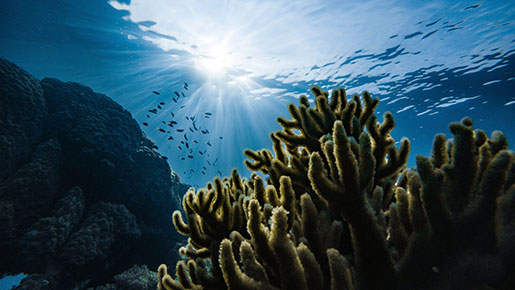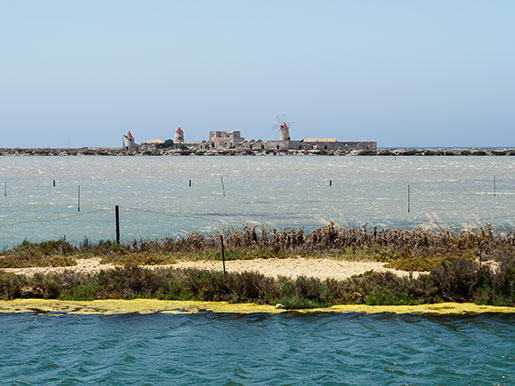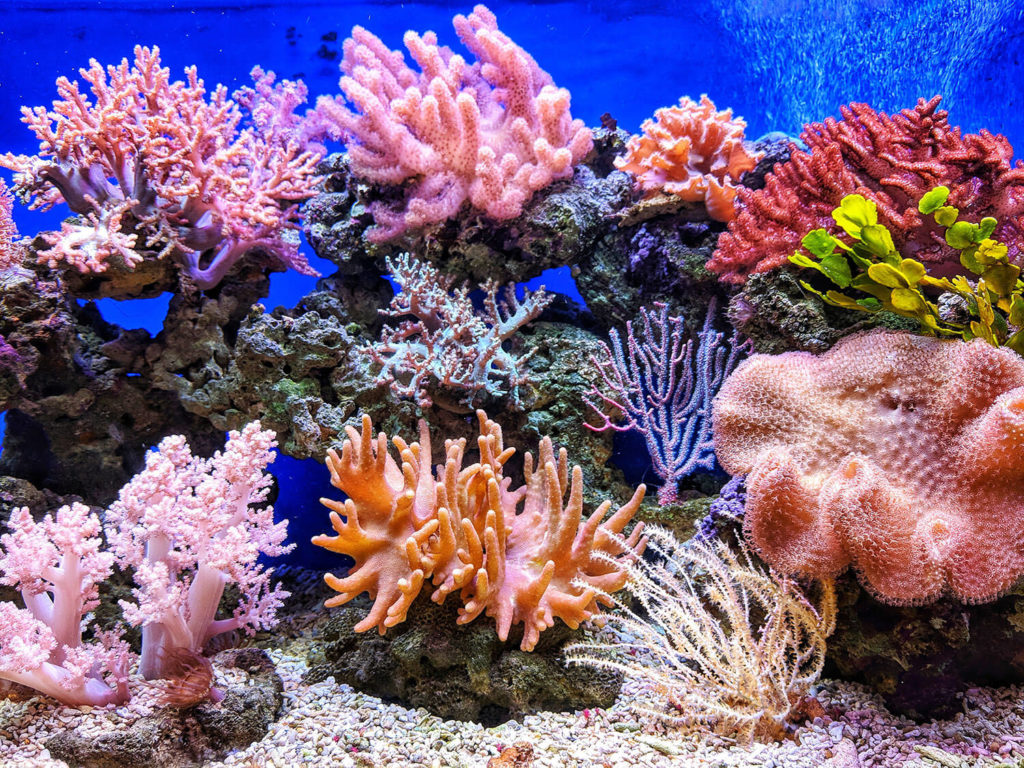
“From the mountains to the coast, the southeastern U.S. contains ecosystems that harbor incredible biodiversity. Many of those ecosystems are already highly at risk from urbanization and other human land-use change.”
—Jennifer Constanza, U.S. Geological Survey
The Southeast region includes the states of North Carolina, South Carolina, Georgia, and eastern Florida. With nearly 2,000 miles of Atlantic shoreline, the majority of the region has a humid subtropical climate. Winters are mild, while the remaining seasons have warm to hot weather with average to above average rain fall.
The Southeast region is largely part of the North American Coastal Plain, which was recently identified as the world’s 36th biodiversity hotspot. The North American Coastal Plain has suffered greater than 70% habitat loss.
The region has become an economic powerhouse, with growth in sectors such as tourism, automobile production plants, and research parks. Nearly 64 million people live in the region.



The region faces many environmental threats. These include climate change and rising sea levels, salt marsh die-offs, and threats to coral reefs and endangered species.
Climate changes are having a profound impact on the region’s wildlife and habitat.
Rising sea levels are expected to flood as much as 30% of the habitat in the nation’s coastal national wildlife refuges. The most vulnerable places include the Florida Keys, the Everglades, and the North Carolina coast.
Sooty terns, which nest in the Florida Keys, are showing up earlier and earlier. Roseate spoonbills, which have generally stayed in Florida and Gulf of Mexico areas, are now regularly spotted in South Carolina.
In just four years, an unidentified disease has already had a dramatic impact on Florida’s reef tract, which extends some 360 miles down the state’s Atlantic coast. For nearly half the state’s species of coral, this assumed-to-be bacterial disease is deadly.
Along the coastal southeastern United States, extensive salt marsh die-offs have been occurring for nearly two decades. Scientists believe the cause is changes in environmental conditions such as droughts and nutrient loads that limit the growth of dominant vegetation.
Due to illegal harvesting, habitat encroachment, accidental capture, pollution, and warming waters, almost all species of sea turtles observed in the Southeast are listed as threatened or endangered.


Living shorelines are a natural approach to reduce erosion and flooding. Instead of hard structures such as bulkheads, they use marsh vegetation. Living shorelines typically use a low-profile sill to absorb wave energy. The marsh grasses enhance habitat value.
One study suggested that marshes protect shorelines from erosion better than bulkheads. It found that Hurricane Irene damaged 76% of bulkheads surveyed, while it did not damage marshes with or without sills.
Other scientists suggest that coastal resiliency can be improved with wide swathes of salt marshes or mangroves backed by engineered levees. The natural structure breaks up wave energy, while the levee defends against higher waves.
Restricting development in flood-vulnerable locations, and restoring natural vegetation, also makes communities more resilient to climate changes.
Armoring the shoreline is often the first response to sea level rise. However, hardening shorelines removes habitat, reduces resilience and will not protect from flooding. Living shorelines are a method to address erosion concerns on properties, while still allowing for habitat to remain in place. See Living Shorelines Academy.
Coral gardening is one approach to rebuild natural reefs. Coral fragments are grown for several months in a nursery and then planted back onto natural reefs. This approach may grow thousands of corals within a few years from an initial stock of just 100 wild colonies.
Sea turtles can be protected by establishing turtle nesting zones with limited human interference or encroachment. Many areas in Florida are installing turtle friendly lights and providing guidance to reduce impacts on nesting turtles.

We need your help to improve the Toolkit by completing our easy, 3-minute survey. Your insight is valuable to us.